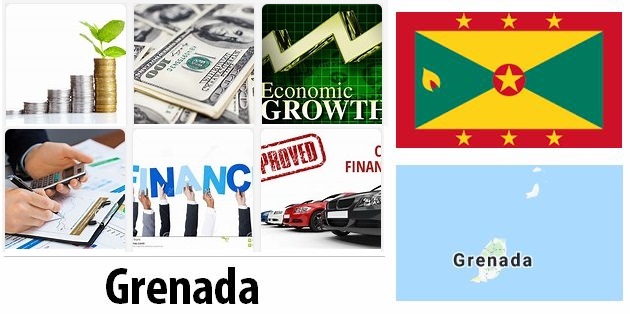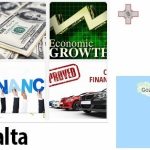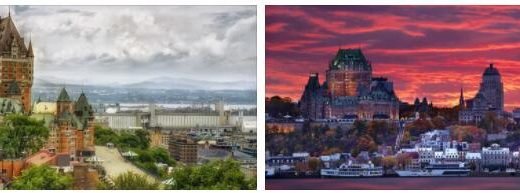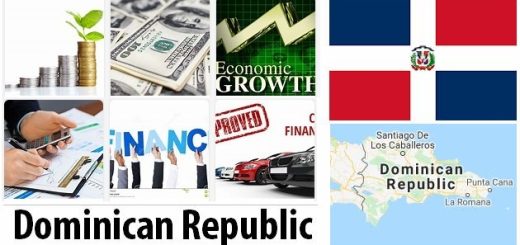Grenada Economy Facts
Economical overview
Grenada is heavily dependent on tourism and agriculture. The small economy is vulnerable to weather and wind as well as to fluctuations in the world economy, which became clear after the hurricanes of 2004-2005 and the international financial crisis a few years later. During the 2010s, the economic situation improved significantly.
It has taken many years for Grenada’s economy to recover from Hurricane Ivan in 2004, when the economy almost stopped, Hurricane Emily struck in 2005, and the financial crisis that burst in 2008. Export earnings from nutmeg (see Agriculture and Fisheries) have not yet reached the levels. shortly after the turn of the millennium and the country has yet another high government debt. Another major problem is the high unemployment rate, which in 2016 was estimated at 29 per cent, while youth unemployment is even higher. Over the past decades, the service sector has gradually become increasingly important, while the importance of agriculture has diminished. Grenada has no major natural resources of its own and the industry is yet to develop.
- Countryaah.com: Major imports by Grenada, covering a full list of top products imported by the country and trade value for each product category.
Grenada received multi-year support from the International Monetary Fund’s (IMF) loan program after the hurricanes and assistance in obtaining grants from donors to build up what was destroyed. In October 2005, most foreign lenders wrote down Grenada’s soaring debts. Initially, the extensive reconstruction work led to an upswing, but the financial crisis of 2008 had severe repercussions on the tourism sector, with the result that unemployment and poverty increased.
In order to increase revenue to the Treasury, the government raised some taxes, including on fuel, and in 2010 VAT was introduced. The government also received a new three-year support from the IMF to deal with the financial problems. But the attempts to implement a series of economic reforms in exchange for the favorable loans were largely unsuccessful. Gradually, economic growth regained momentum, much as a result of an upturn in agriculture and tourism. In addition, the government had succeeded in renegotiating most of Grenada’s loans and by the end of 2016, government debt had fallen to 83 percent of GDP from 108 percent four years earlier.
- Abbreviationfinder.org: Check this abbreviation website to find three letter ISO codes for all countries in the world, including GRD which represents the country of Grenada. Check findjobdescriptions to learn more about Grenada.
Since the mid-1990s, Grenada has sought to reduce its dependence on the sensitive tourism and agricultural sectors, including by attracting foreign finance operations to establish itself in the country under favorable conditions. Grenada has been offering citizenship in exchange for investment in the country since 2014 for a certain amount of money.
At the beginning of the 2000s, Grenada received international criticism for the lack of oversight of foreign banking operations, which was considered to encourage money laundering. Since then, the country has strengthened surveillance and closed many banks, but Grenada was still included in the US and EU lists of areas that need to be kept under surveillance due to money laundering or unclear tax rules at the end of the 2010s.
FACTS – FINANCE
GDP per person
US $ 10,834 (2018)
Total GDP
US $ 1,207 million (2018)
GDP growth
4.8 percent (2018)
Agriculture’s share of GDP
4.9 percent (2018)
Manufacturing industry’s share of GDP
3.1 percent (2018)
The service sector’s share of GDP
66.7 percent (2018)
Inflation
1.0 percent (2019)
Government debt’s share of GDP
63.5 percent (2018)
External debt
US $ 532 million (2017)
Currency
eastern Caribbean dollar
Assistance per person
US $ 54 (2017)













